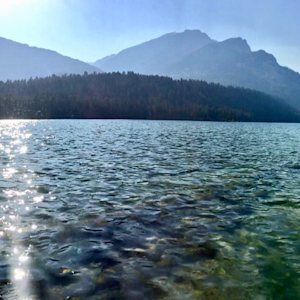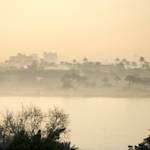Gulf of California, The World's Aquarium
2015 CE • Gulf of California
"The [Gulf of California] has an almost legendary status among divers and marine naturalists. John Steinbeck wrote a book about his voyage here aboard a scientific collecting expedition in 1940, and Jacques Cousteau famously called it “the world’s aquarium” . . . The 60,000-square-mile gulf is divided between a temperate zone (north of La Paz, the state capital of Baja California Sur) and a warm-water “Panamic” zone . . . The confrontation and subtle mixing of these two ecosystems partly accounts for its richness: some 900 fish species and 32 types of marine mammal gather to feed and breed here . . . Decades of overfishing have unbalanced the ecosystem, taking top predators such as sharks and marlin out of the food chain and leading to a surge in other species."
Tim Ecott, "Sea of Cortez: the world's aquarium," The Telegraph, July 18, 2015.
Image: Internet Archive Book Images via Flickr, Public domain


Learn about Maya Lin’s fifth and final memorial: a multi-platform science based artwork that presents an ecological history of our world - past, present, and future.

Discover ecological histories and stories of former abundance, loss, and recovery on the map of memory.

Learn how we can reduce our emissions and protect and restore species and habitats – around the world.

See how art can help us rethink the problems we face, and give us hope that each one of us can make a difference.

Help make a global memorial something personal and close to home. Share your stories of the natural world.


